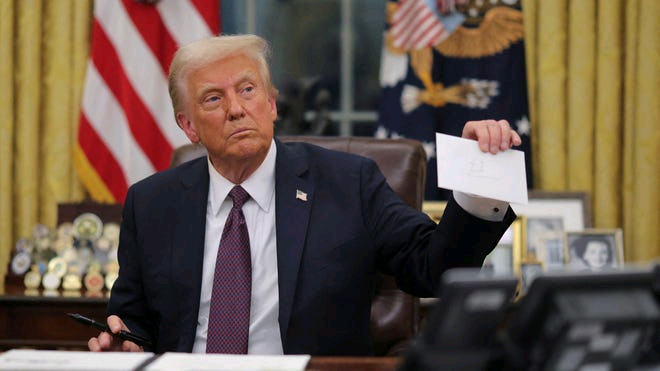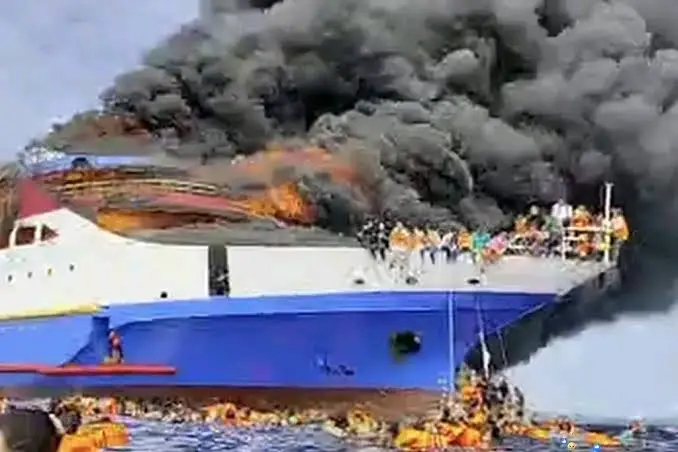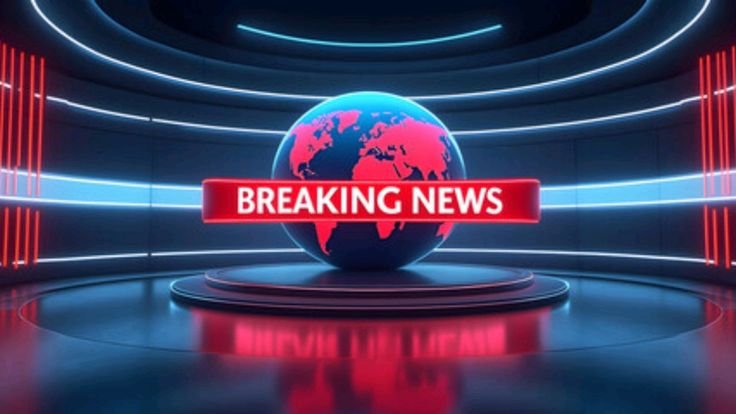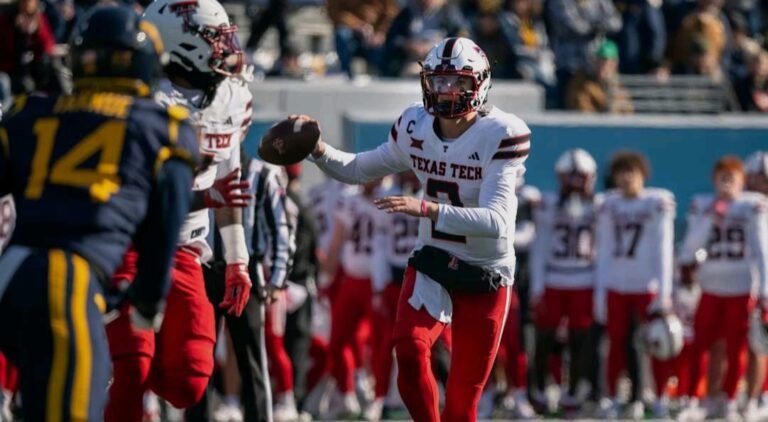
In a series of decisive actions, President Donald Trump has initiated substantial policy changes affecting both Washington D.C. and New York City, aiming to reshape cultural institutions, enhance public safety, and influence urban development.
On March 27, 2025, President Trump signed an executive order targeting the Smithsonian Institution, directing Vice President J.D. Vance to eliminate what the administration terms “improper, divisive,
or anti-American ideology” from its museums and research centers. This directive includes restoring Confederate-era names and statues removed in recent years and ensuring that the
forthcoming American Women’s History Museum does not acknowledge transgender women. Critics argue that this move seeks to erase diversity and rewrite history to align with conservative perspectives. (Source)
In a parallel effort to bolster public safety in the nation’s capital, President Trump issued an executive order to increase the presence of law enforcement officers and expedite the issuance of concealed carry permits in Washington D.C.
The order establishes a task force aimed at augmenting police numbers, enhancing preventive detention, and addressing fare evasion on public transportation.
Despite a general decline in violent crime in 2024, the city experienced an 11% rise in homicides early in 2025. Mayor Muriel Bowser has criticized these measures, expressing concerns about their potential impact on federal employment and social services. (Source)
Further intensifying his focus on cultural institutions, President Trump has appointed Richard Grenell to lead the Kennedy Center for the Performing Arts. This appointment is part of a broader
strategy to influence the direction of federally funded cultural organizations, aligning them more closely with the administration’s vision. (Source)
In New York, the administration’s influence is evident in the withdrawal of Representative Elise Stefanik’s nomination for U.S. ambassador to the United Nations. Citing the narrow Republican majority in the House, President Trump emphasized the importance of retaining Stefanik’s legislative seat. This decision underscores the administration’s strategic approach to maintaining political leverage in key regions. (Source)
Additionally, the administration’s hardline stance on immigration has led to significant law enforcement actions in the New York metropolitan area. A notable example is the recent arrest of Henrry Josue Villatoro Santos, a leading figure in the MS-13 gang, in Virginia. This operation, supported by President Trump, is part of a broader initiative to dismantle violent gangs and enhance community safety. (Source)
These developments reflect President Trump’s commitment to implementing policies that resonate with his administration’s priorities, affecting cultural narratives, public safety, and political dynamics in Washington D.C. and New York City. As these initiatives unfold, they continue to generate debate and discussion across the political spectrum.





